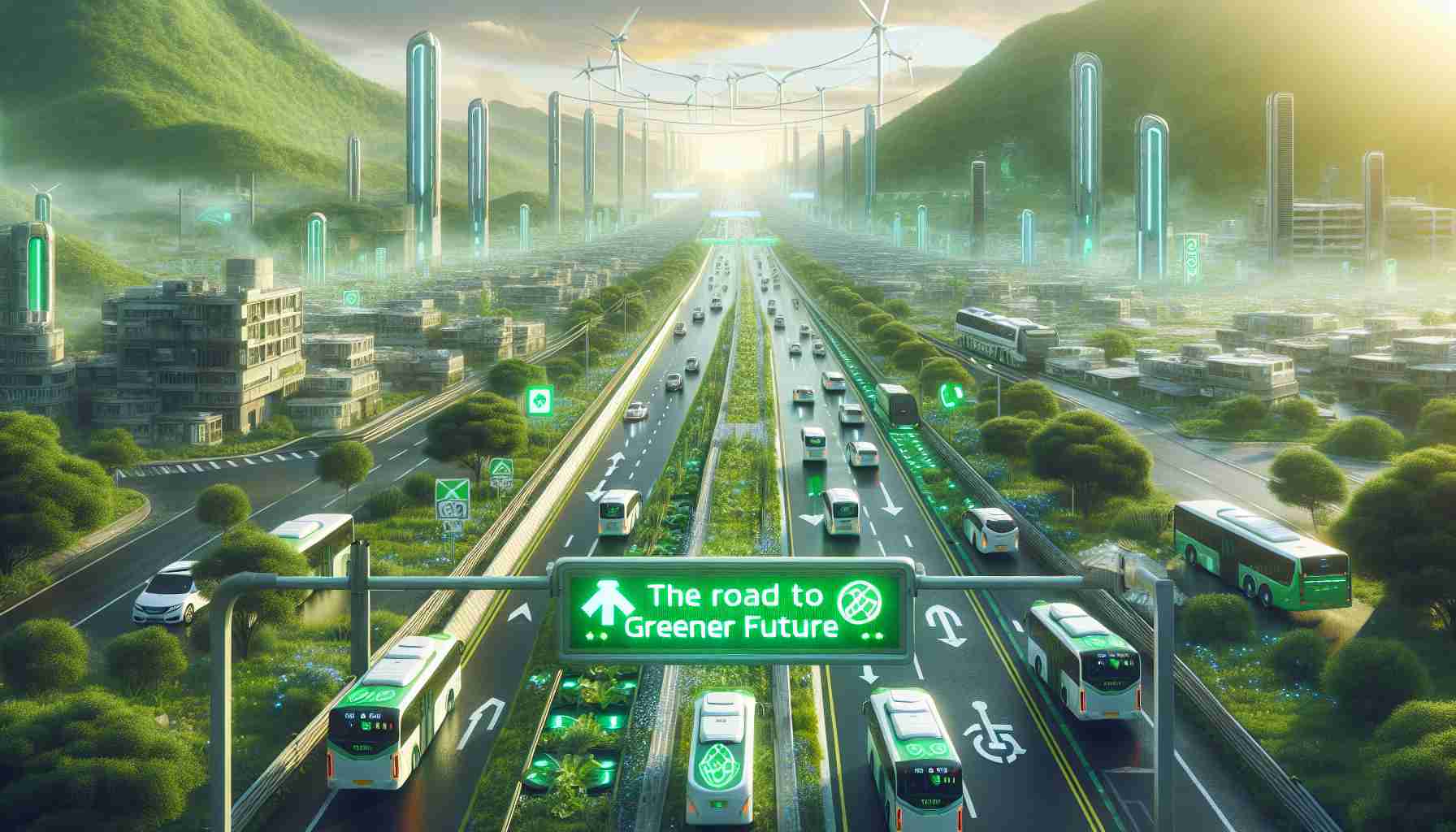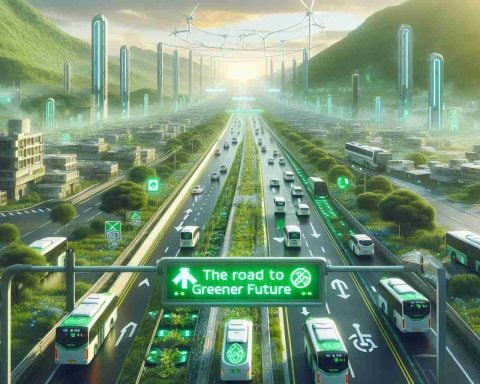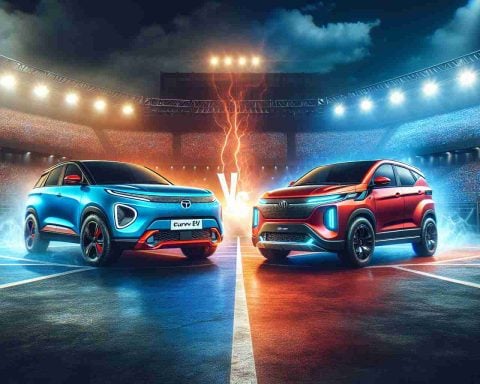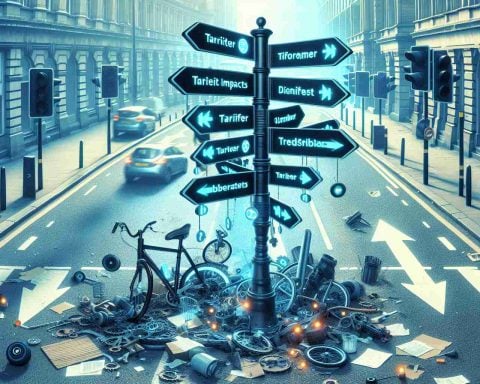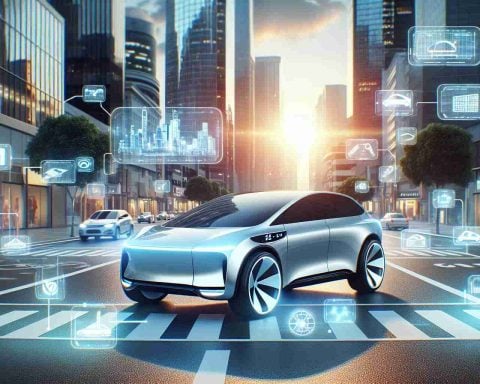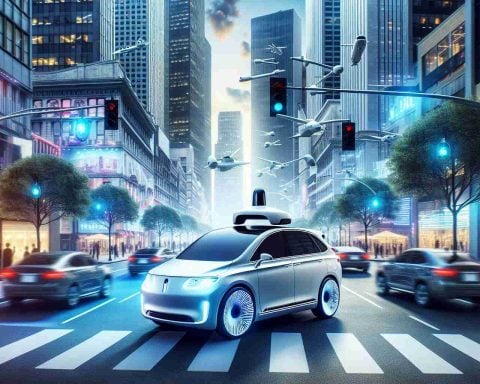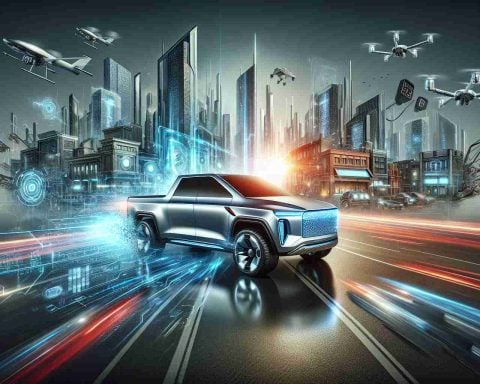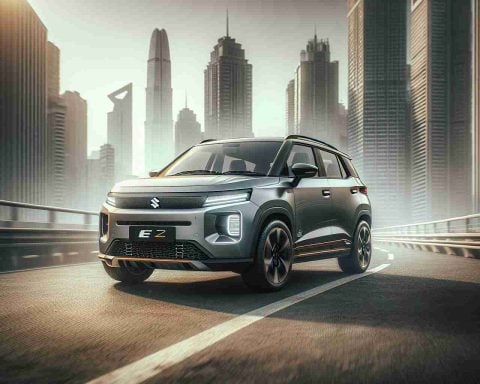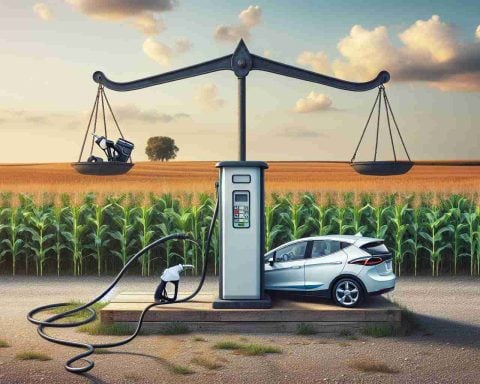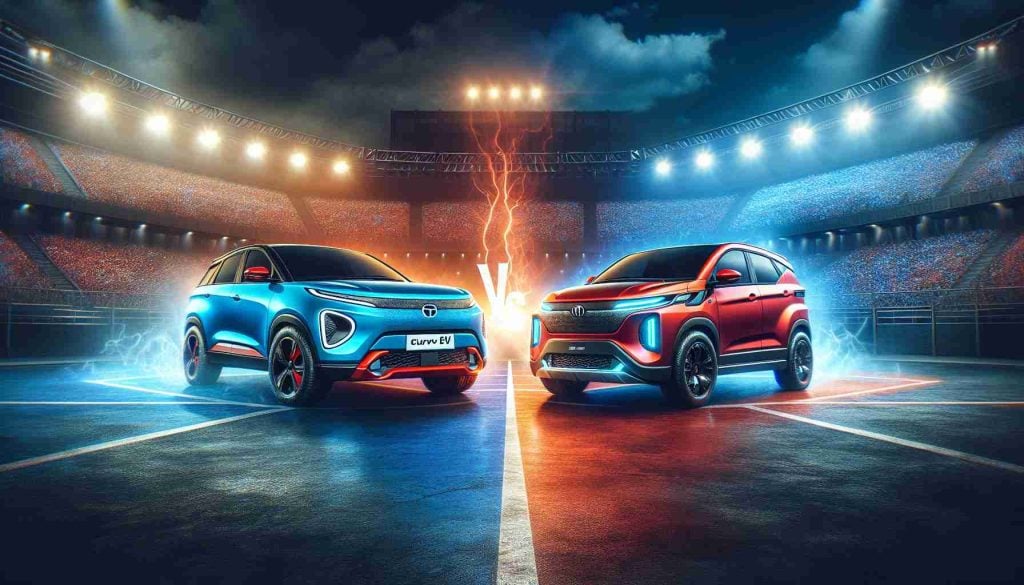- Electric buses are transforming urban transportation, with market growth projected from $56.4 billion in 2025 to $116.46 billion by 2029.
- Technological advancements, such as solid-state batteries and thermal management systems, enhance the efficiency and range of electric buses.
- Governments globally are promoting electric buses through policies and incentives, exemplified by India’s FAME II scheme.
- Rapid expansion of charging infrastructure, including fast-charging and wireless systems, supports the constant operation of electric buses.
- Leading manufacturers like BYD and Daimler are driving innovation, striving for an emission-free transportation future.
- Electric buses are a critical component of sustainable urban transport, offering solutions to pressing environmental challenges.
The urban skyline is set to change dramatically as electric buses surge forward, charging with unstoppable momentum into cities worldwide. The market for these zero-emission chariots is expected to balloon from $56.4 billion in 2025 to a staggering $116.46 billion by 2029. Driving this electric revolution is a combination of cutting-edge technology, visionary government policies, and an unwavering commitment to sustainable transport.
Imagine the silent glide of buses powered by the latest battery innovations. Advanced energy storage tech is reshaping our cities, offering longer ranges and faster charging. These buses do not merely ferry passengers—they redefine efficiency. The transformation is spearheaded by breakthroughs like solid-state and thermal management systems, pushing the boundaries of what electric buses can achieve.
Governments from New Delhi to Berlin are pulling the levers of change. Ambitious policies and financial incentives are not just suggestions but steadfast support as these nations embrace electric buses. India’s FAME II scheme exemplifies such initiatives, incentivizing the deployment of electric buses across bustling urban centers.
Charging infrastructure—the life blood of electric buses—is expanding rapidly. As networks of fast-charging stations and clever innovations like wireless systems unfurl, the horizon looks brighter for sustainable commuting. This infrastructure ensures that electric buses not only hit the road but stay there with minimal downtime.
A kaleidoscope of manufacturers, from BYD to Daimler, march at the forefront of this green army, relentlessly innovating and pushing towards an emission-free destiny.
Electric buses are not just the future of public transportation. They are the beacon of a cleaner, greener urban reality. As environmental challenges loom, the electric bus industry offers a compelling solution that promises to transform the landscape of public transportation and beyond, championing a sustainable tomorrow.
Electric Buses: Transforming Urban Transportation with Silent Speed
Market Overview and Trends
The electric bus market is on a significant growth trajectory, projected to surge from $56.4 billion in 2025 to $116.46 billion by 2029. This rapid expansion is driven by technological innovations, supportive policies, and a global push for sustainable transportation solutions.
– Key Drivers: Cutting-edge battery technologies, government incentives, and expansion of charging infrastructure are primary drivers of this growth.
– Regional Insights: Asia-Pacific, particularly China and India, lead the way in electric bus adoption, supported by government initiatives and urbanization challenges.
Advanced Technologies Reshaping Electric Buses
1. Battery Innovations:
– Solid-state batteries promise longer ranges and faster charging times, crucial for public transit needs.
– Thermal management systems ensure batteries operate efficiently across various climatic conditions.
2. Charging Solutions:
– Fast-charging stations are becoming ubiquitous in cities, significantly reducing downtime for buses.
– Wireless charging systems are on the horizon, offering convenience and scalability.
Real-World Use Cases and Benefits
– Environmental Impact: Electric buses significantly reduce urban air pollution and greenhouse gas emissions.
– Operational Efficiency: Lower maintenance costs and energy usage compared to diesel buses offer financial savings for city transit systems.
Reviews and Comparison
– Leading Manufacturers: Companies like BYD and Daimler are at the vanguard, continuously innovating to enhance performance and reliability.
– User Feedback: Transit agencies report positive outcomes in terms of emission reductions and operational efficiency.
Challenges and Limitations
– Infrastructure Development: The rollout of charging infrastructure is uneven across regions, potentially hindering adoption in underserved areas.
– Initial Costs: High upfront costs can be prohibitive, despite long-term savings.
Security and Sustainability
Electric buses contribute to energy security by reducing dependence on fossil fuels. They also promote sustainability by integrating renewable energy sources into charging grids.
Predictions and Future Outlook
– Experts predict that as battery technology improves and costs drop, electric buses will dominate urban public transportation, potentially phasing out diesel buses entirely by 2040.
Tips and Recommendations
– For Transit Authorities: Evaluate total cost of ownership, including infrastructure, training, and maintenance when considering electric buses.
– For Policymakers: Continue to support electric bus adoption through grants, subsidies, and investments in charging infrastructure.
For more information on how electric buses are revolutionizing transportation, visit BYD and Daimler.
Electric buses represent not just a technological leap forward, but a necessary shift towards sustainable, efficient urban transportation for the future.
